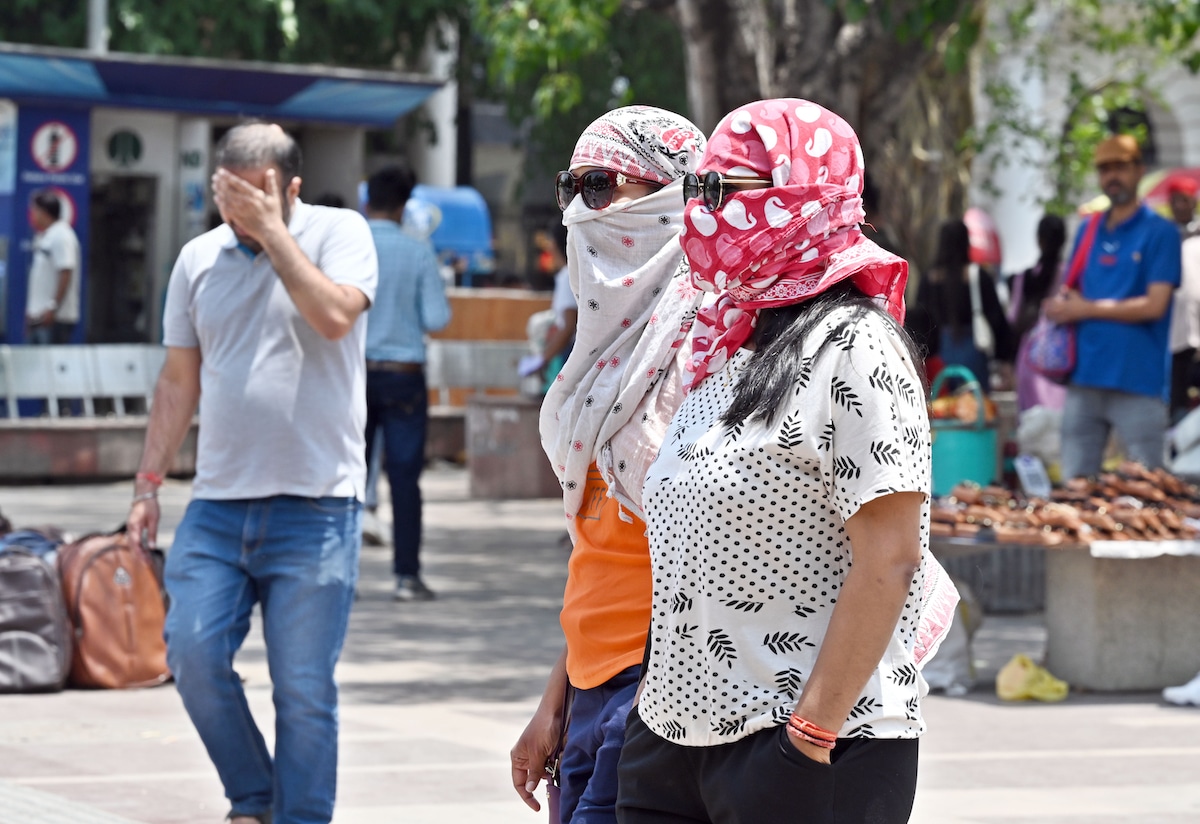Billions of People Could Be Pushed Out of Environments Best Suited to Support Life, Study Says

 Why you can trust us
Why you can trust us
Founded in 2005 as an Ohio-based environmental newspaper, EcoWatch is a digital platform dedicated to publishing quality, science-based content on environmental issues, causes, and solutions.
In a new study led by researchers from the University of Exeter, research shows that billions of people are likely to be pushed outside of the “human climate niche” without more efforts to curb global warming.
The study, published in the journal Nature Sustainability, found that about 9% of humanity is currently outside the “human climate niche,” which the researchers explain is the “historically highly conserved distribution of relative human population density with respect to mean annual temperature.”
This niche refers to environments best suited for supporting human life, typically with average temperatures around 13°C (55.4°F) or 27°C (80.6°F) for monsoon climates. Millions of people are already experiencing dangerous temperatures outside the niche of average temperatures over 29°C (84.2°F).
“The costs of global warming are often expressed in financial terms, but our study highlights the phenomenal human cost of failing to tackle the climate emergency,” Tim Lenton, director of the Global Systems Institute at the University of Exeter and a lead author of the study, said in a statement. “For every 0.1°C of warming above present levels, about 140 million more people will be exposed to dangerous heat. This reveals both the scale of the problem and the importance of decisive action to reduce carbon emissions.”
Current policies are on track to reach 2.7°C of warming. Without any efforts to reduce this increase, about 22% to 39% of people could be pushed outside of the human climate niche. In warming scenarios of 3.6°C to 4.4°C, as much as half of the global population could be pushed outside the human climate niche.
According to the study, the average lifetime emissions of about 3.5 people globally (or only 1.2 U.S. citizens) puts one person in the future at risk of extreme and unprecedented heat exposure by 2100.
“There are clear, profound ethical consequences in the numbers,” Lenton said, as reported by Grist. “If we can’t level with that injustice and be honest about it, then we’ll never progress the international action on this issue.”
The study predicts India to be the country with the most amount of people outside of the niche at the 2.7°C scenario, under the assumption of a global population of 9.5 billion people. In this same scenario, Nigeria would have the second largest amount of people exposed to extreme heat compared to other countries. Both countries are already experiencing hotspots of places exposed to extreme heat today.
But there’s still time to prevent the worse case scenarios. Maintaining no more than 1.5°C of warming would mean about 5% of people are left outside of the niche, rather than about one-third of people in the 2.7°C warming scenario.
“Overall, our results illustrate the huge potential human cost and the great inequity of climate change, informing discussions of loss and damage. The worst-case scenarios of ~3.6 °C or even ~4.4 °C global warming could put half of the world population outside the historical climate niche, posing an existential risk,” the study authors wrote.
“Nevertheless, our results show the huge potential for more decisive climate policy to limit the human costs and inequities of climate change,” the study concluded.
Subscribe to get exclusive updates in our daily newsletter!
By signing up, you agree to the Terms of Use and Privacy Policy & to receive electronic communications from EcoWatch Media Group, which may include marketing promotions, advertisements and sponsored content.

 233k
233k  41k
41k  Subscribe
Subscribe 



